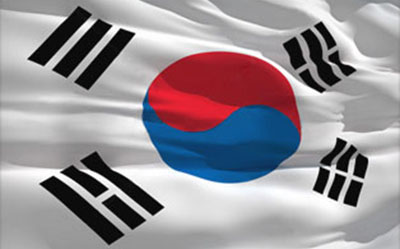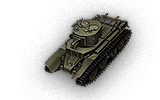Select your region to log in.
BT-7 artillery
Crew:
- Commander (Radio Operator)
- Driver
- Gunner (Loader)
Advantages:
- Amazing acceleration with 37.04 hp/t;agile.
- Great damage per shot and best DPM of all tier 3 lights
- Good maneuverability
- HE shells can penetrate most of its opponents(especially at the same tier)
- High shell arc
Disadvantages:
- Horrible view range
- Shells travel rather slowly
- Armor is vulnerable to even HE shells
- Poor accuracy on the move and during turret rotation, long aim time; Can not mount vertical stabiliser
- Slow traverse speed while moving
Tank description:
The BT-7 artillery is a Soviet tier 3 premium light tank.In 1934–1935 the design bureau of the Kharkov Locomotive Factory developed this artillery modification of the BT-7. The new elliptical turret was equipped with the 76.2-mm CT-28 gun. In addition, some vehicles received new radio stations. A total of 155 artillery BT-7s were manufactured. The vehicles saw combat on the Karelian Isthmus, in Manchuria, and during the first period of the Great Patriotic War.This tank was given out as a Gift Tank to anyone logging into the game between August 12-19 2015 for NA or August 12-17 for ASIA and EU as part of Wargaming''s 5th World of Tanks anniversary celebration. The BT-7 art. is much like the BT-7. Although not as fast, it more than makes up for this with its 76mm howitzer. It is capable of one-shotting most tier II tanks, devastating tier III tanks, and can still damage tier IV tanks when using HE. It can use AP rounds but HE has better penetration and damage values. With poor view range and poor hull traverse when going full speed, it isn''t very good at active or passive scouting. But the BT-7 art. can derp ambush enemy tanks like the T67, and the rate of fire isn''t very bad.
In 1934–1935 the design bureau of the Kharkov Locomotive Factory developed this artillery modification of the BT-7. The new elliptical turret was equipped with the 76.2-mm CT-28 gun. In addition, some vehicles received new radio stations. A total of 155 artillery BT-7s were manufactured. The vehicles saw combat on the Karelian Isthmus, in Manchuria, and during the first period of the Great Patriotic War.

 Русский
Русский English
English Russian region
Russian region North-american region
North-american region European region
European region Asia region
Asia region Korean region
Korean region


 0
0
 5
5